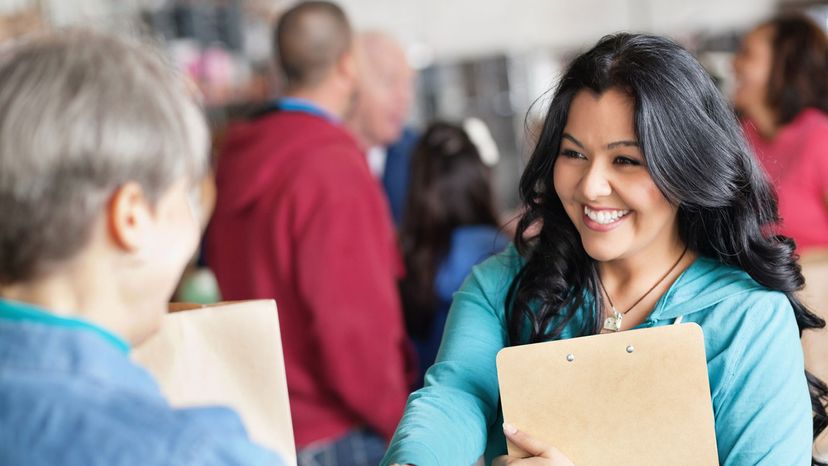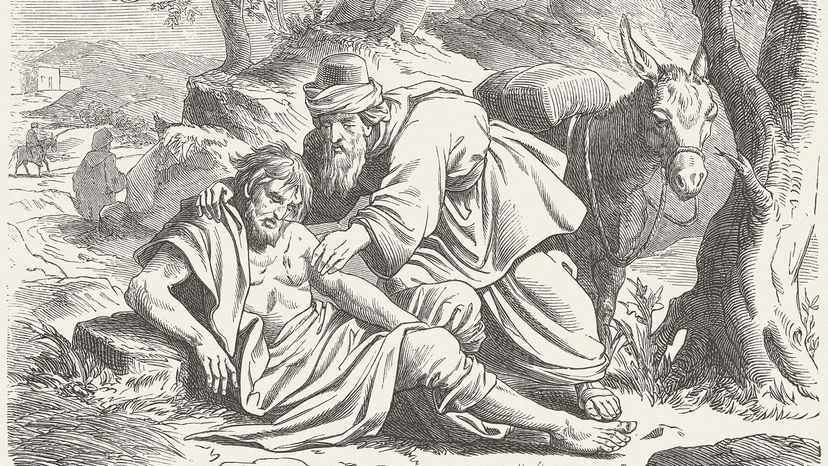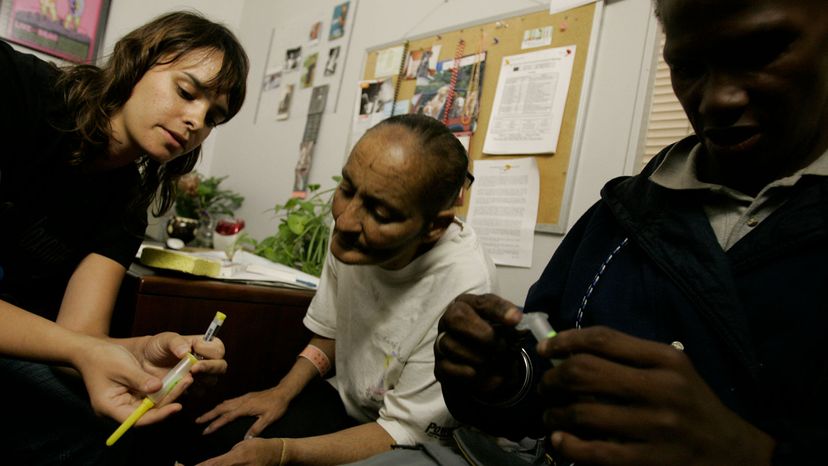
The story is chilling. In 1964, young Kitty Genovese of New York was repeatedly stabbed and raped around 3:00 one morning just in front of her apartment building. She later died at the hospital. The story gained national attention after a New York Times article claimed 38 people had watched the attack and did nothing. Although this was not completely true (only a few people witnessed it and a couple did call the police) the case gained national attention for something later called the bystander effect — that the more eyewitnesses who are present, the less likely they are to help a victim. Studies about this behavior led to America's first Good Samaritan laws [source: Worthen].
Good Samaritan laws are in force in all 50 states, Washington, D.C. and around the globe. Aimed at ensuring regular folks don't ignore strangers in need, the basic premise of these laws is this: If you act in good faith to assist someone who is injured or in peril, you won't be held responsible if your actions actually cause further harm [source: Miller].
Advertisement
Good Samaritan laws get their name from a well-known Biblical parable (Luke 10:25-37) that goes like this: A Jew was assaulted and robbed by bandits, then left for dead on the road. Both a Jewish priest and a Levite, an assistant to priests, passed the man without rendering aid. But when a Samaritan (a resident of the area called Samaria) came upon the Jew, he immediately cared for him, brought him to an inn and paid the innkeeper's fee — even though at that time in history, Jews and Samaritans hated each other.
On the surface, Good Samaritan laws seem like a win-win. Injured people are helped, and rescuers don't have to worry their actions might have negative repercussions for themselves. But it isn't quite so simple. Most, if not all, laws have just two things in common: One, rescuers can't be compensated for their assistance, and, two, they can't act with recklessness, intentional misconduct or gross negligence. Beyond that, the laws' provisions can differ greatly, and not every do-gooder is protected from liability [source: Crowe].
Oklahoma's Good Samaritan law, for example, only affords protection to untrained rescuers — aka regular citizens — if their assistance is related to CPR or preventing blood loss. On the other hand, in Vermont, you can be fined if you pass someone in need and do nothing. Meanwhile, Michigan's law protects those who decline to offer assistance. In Argentina, you could face imprisonment either for "putting a person in jeopardy" or "abandoning [them] to their fate." In Israel, you may receive compensation for stepping in to help [sources: The Oklahoma State Courts Network, Crowe, Miller, Thorpe.]
Before you provide aid to a stranger in danger, it helps to know the particulars of the locale's Good Samaritan law. Of course, that's not always possible. And sometimes, things go wrong.
Advertisement

